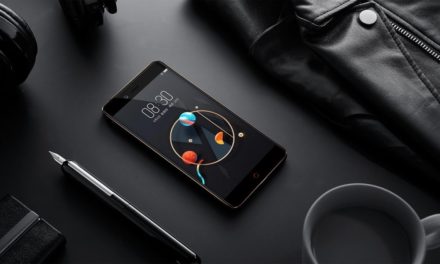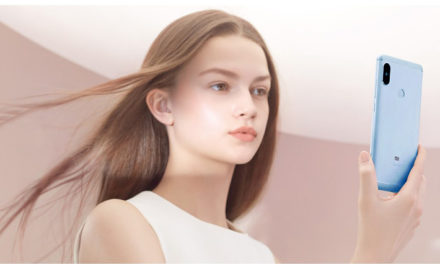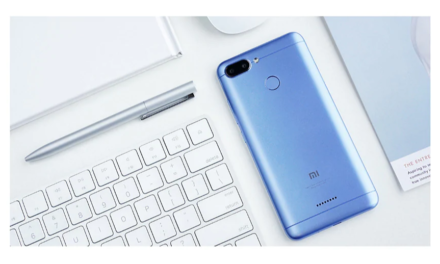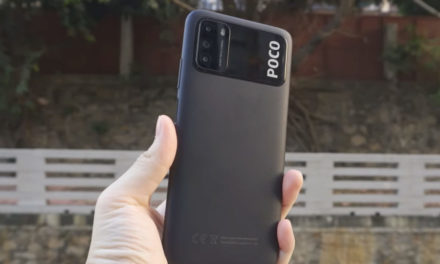
Then we went to see what a Huawei P20 Pro camera was so good
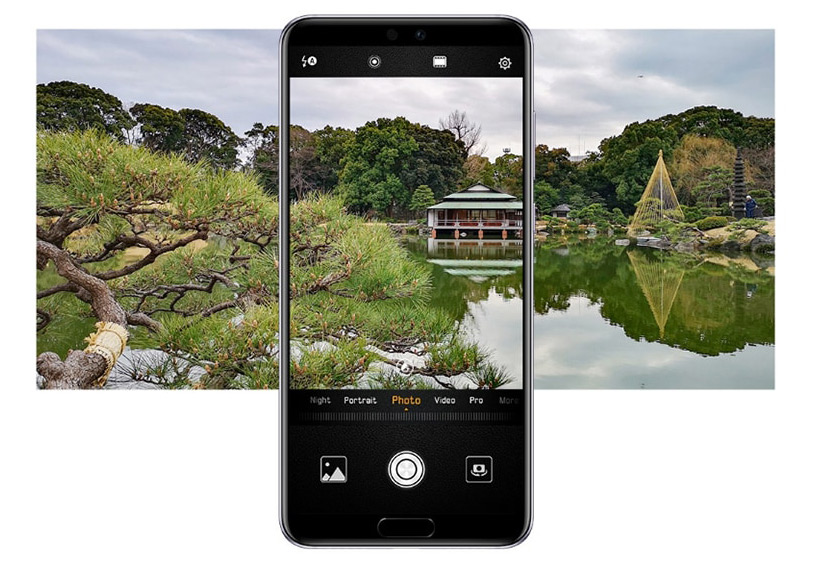
Without the hassle, it is now the most advanced telephony camera system.

Last fall, you can read an article on our site that tells us why it is good to have a double camera on our phone. At that time, the systems with the two cameras started to leak into the lower category, of course, in other qualities than what we experienced in the high-end phones.
Ever since Huawei's new phone for P20 Pro has appeared, the double camera has become overwhelmed. The new peak has become a system of three cameras, and we thought for a long time just a peasant plot, it turned out to be really working, so P20 Pro can really shoot amazing photos. The comparison base is, of course, not the family of expensive DSLs, but the other mobile phones.
Before we begin to analyze and present the camera, we suggest reading the following articles:
- Do you know why is there a double camera on the mobile? If not, we'll tell you now.
- 5 is the concept you need to know if you're using a cell phone
contents show
Huawei P20 Pro rear camera cameras - hardware
As you can see in our two-camera article, manufacturers try to pair multiple camera types to get better quality images. There are standard cameras that produce low-FOV images with a typical 12-20 megapixel sensor. There are zoom lens cameras that work near the main camera and usually have a triple, very good 3x optical zoom.

The third camera type is monochrome, which produces color-free images using monochrome sensors. These cameras are used for color images with a higher dynamic range, images are more contrasting, edges are more beautiful.
In order to understand why it will be better to have a monochrome camera picture, we need to know that color cameras have less light on the sensor due to the built-in color filters, but the quality of the picture is deteriorating. In the case of a monochrome sensor, however, the color filters are missing, so there is more light, and more light gives a better picture.
From pictures made with different cameras, the software of the phone creates a single photo, using and collating the information coming from different camera sensors.
The greatness of Huawei's phone is already here. It is no coincidence that the three lenses are behind these three types of cameras. Probably asked engineers why you should choose between hardware depth blur and zoom or more contrasting, more dynamic images. Use it all at once!

Huawei P20 Pro uses three cameras for shooting. The main camera features a 40 megapixel 1 / 1,78 inches sensor and a very good aperture f / 1.8 aperture. The second camera is an 20 megapixel monochrome camera that works with a 1 / 2,78 inches sensor, and an objective f / 1.6 (a smaller aperture is better!) Overhead. The third is the telephoto camera with a sensor 1 / 4,4 inches and a resolution of 8 megapixels. Here, the lens aperture is f / 2.4.
The three cameras already have the impressive number of pixels based on the numbers, but believe it, this is not going to be interesting, and much more fantastic things have been invented at Leica-Huawei.
Huawei P20 Pro back camera cameras - tricks
main Camera
For Huawei's P20 Pro camera to produce well-known images, the manufacturer has had to do a lot of tricks. The trick is understood here in a positive sense, since it is not about multiplying the number of pixels, for example, but instead, it generates a relative small image of the crazy amount of pixels that can be used, but this quality is elevated to an unimaginable level.

Most of these tricks affect the main camera. As you can read, this camera is hardware 40 megapixel. This is almost double the number of cameras used in the highest resolution phone, and lots of good things came out of it.
Improve image quality
It is important that this 40 megapixel master camera produces only 10 megapixel images, and this has more and better reasons. One in our older article, and above mentioned, has more light, better picture rule.
In the phone, Huawei used Pixel Fusion technology to use hardware pixels as a larger pixel, giving surprisingly large 2,0 μm pixels. To make it comparable, Pixel's 2 cameras have a pixel 1,4 μm.
Again, it is only obvious that the bigger the pixel, the more light it gets, the more information that the phone can produce the picture. Huaweinel has therefore reversed the usual trick. For cheap phones, the hardware-available pixel number is multiplied by software, such as the 12 megapixel camera sold to 16 megapixels. For P20 Pro, hardware pixels do not produce more, but less specifically, less software, to improve the quality of images, such as darkness, low-light images.
Vibration
However, the big pixel number has another advantage. Digital cameras implement anti-vibration protection by software. That is, the picture will not shake because the sensor moves on the camera with small springs or telescopes, but because the software keeps the image motionless.

Realizing this thing is simple, we always need a bigger number of pixels than the video you need. Thus, the software has left room for movement at the edges of the image, when the hand moves to the right or to the left, it can move the image in the opposite direction with the correct pixel number, and the captured image will be resized. Because of this, using the full resolution of the sensor in digital cameras, we can no longer activate anti-vibration protection, since the software does not have any extra information on the edges of the image that could be used to erase the vibration.
Clearly, with a camera with such a pixel size, there is plenty of capacity for even greater shake-ups without distraction.
Unprecedented zoom capacity
It may be surprising, but the 40 megapixel camera will also feature the zoom function. The process is called a hybrid zoom and can be achieved with five optical zoom. This five-zoom zoom is used to capture two cameras.

We have our lower resolution telephoto camera, which can triple optical zoom. Okay, but how about five of these? With the 40 megapixel 10 megapixel images, the camera can use the 10 megapixel resolution in the middle of the image to substantially enlarge it. This is a bit of cheating, but it is still bigger than the software zoom because it tries to create non-existent image information (zoom) after software and calculate it from existing information. This is a serious deterioration of the quality of the image, so we recommended in the second article mentioned above not to use zoom in the phone while using a software zoom.
Monochrome camera
As you can read, the monochrome camera can produce much better color images. As monochrome cameras are used by manufacturers to improve image quality, they generally have a worse resolution than the main camera. This is no problem as the black and white image is used only by the software.

It is also true for Huawei's phone that the monochrome sensor is smaller than the main camera sensor, but this is not difficult since 40 is less than 20 megapixel. And here, the monochrome camera is 20 megapixel, that is, higher resolution than the color master camera of an average phone.
It should be known that when a two-camera monochrome camera with auxiliary camera is used to produce a black and white image, it is not actually black and white, and the color information is "extracted" from the finished image. Perhaps you may guess that this is not the case with Huawei P20 Pro. We can use monochrome cameras as a stand-alone solution in black and white, or rather, to produce grayscale images. It is clear that these images will be extremely detailed due to the extremely good aperture and high resolution
Shooting in the dark

All the articles on the phone emphasize that amazing images can be made in extreme bad lighting conditions. To make this happen, three things have to work together on the phone. The 40 megapixel master camera, which uses the aforementioned Pixel Fusion technology. The monochrome auxiliary camera, which has an extremely good aperture value, that is, in the case of low light even enough information is received from the image processor from the camera's sensor. The third is the built-in artificial intelligence that controls the anti-vibration technology called AIS. The latter allows you to capture images of up to 8 sec. By hand, so that the image will not blur. You may guess that this is a great shock absorption due to the above-mentioned high pixel counts, but that alone would not be enough, there is also a need for artificial intelligence-controlled software.
Artificial Intelligence and More Curiosities
Artificial intelligence is increasingly confronted with us. In general, we do not know what we are dealing with, simply accepting that the device works the way you want it, do not think about what it can do.
The advanced solutions built into the phones almost require the use of artificial intelligence. Face-to-face functions are more and more effective in self-cameras. The software of the phones recognizes that you capture a woman or a man where the face starts and where the hair is, and even the hair type can recognize that it is curly or twisted and adjusts the beauty functions.

For Huawei P20 Pro, as you can read in the picture above, especially if photography is taken in extreme conditions, for example, in a highly defocused environment, artificial intelligence plays a major role. Without the built-in neural processor, you would not be able to take photos manually in the dark and the phone would not be able to select 19 themes for what you want to take and set up the software. For example, it detects super-macro shots when the subject is very close to the lens, switches to macro mode and sharpens the image. But while you're doing this, you're getting super slow shots when you start and stop high-frame recording.
Summary

As you can see, Huawei has really come up with the P20 Pro camera. When the Samsung Galaxy S9 appeared, it was written that a better camera phone was not yet in use. Well, the kingdom did not take long, Huawei P20 Pro cut off the throne. For our part, we are delighted with this because Huawei has given a whole new quality to phone photography, which we hope will soon be followed by competition.
The phone is not cheap, it is currently available for 260 thousand forints. More pictures and information here: Huawei P20 Pro










